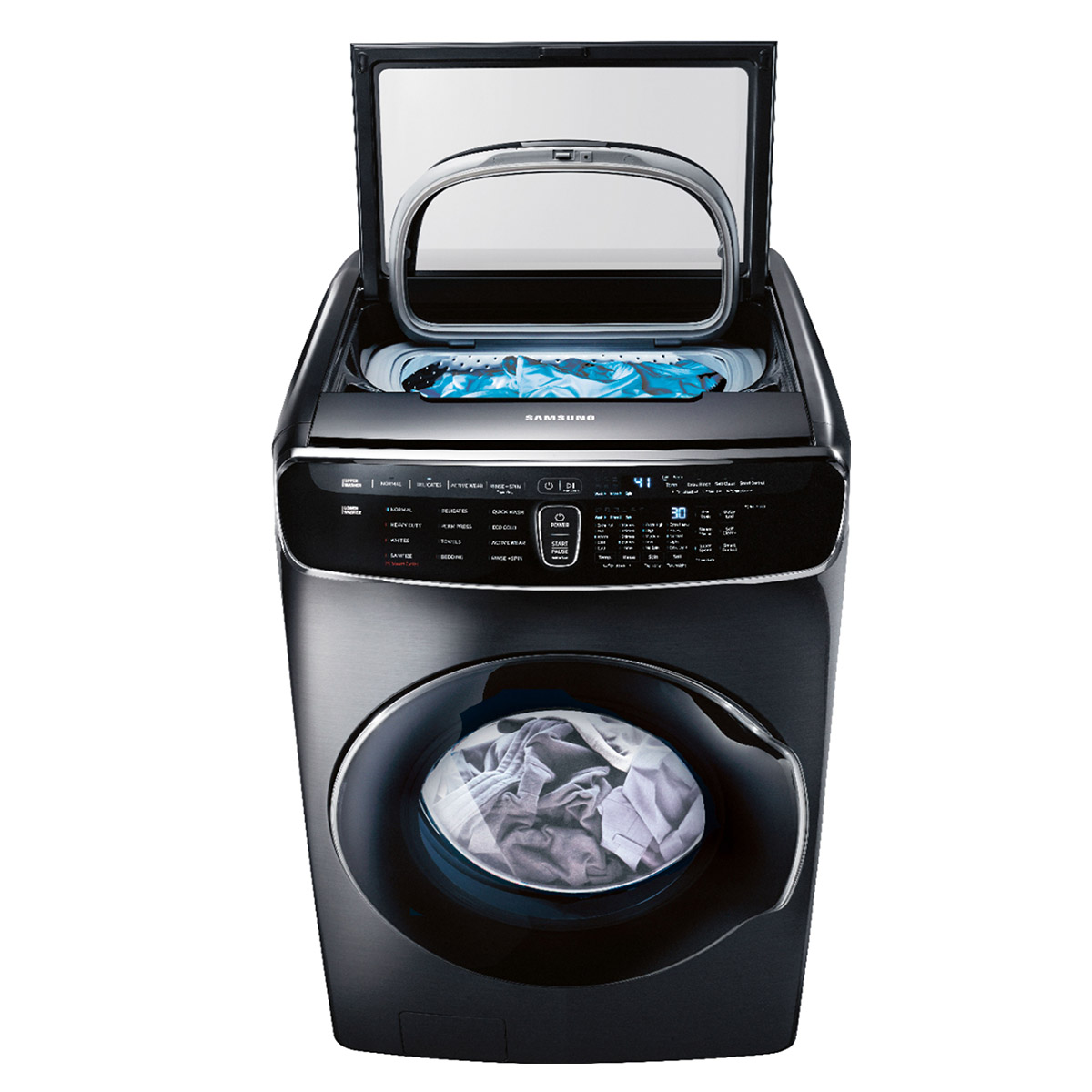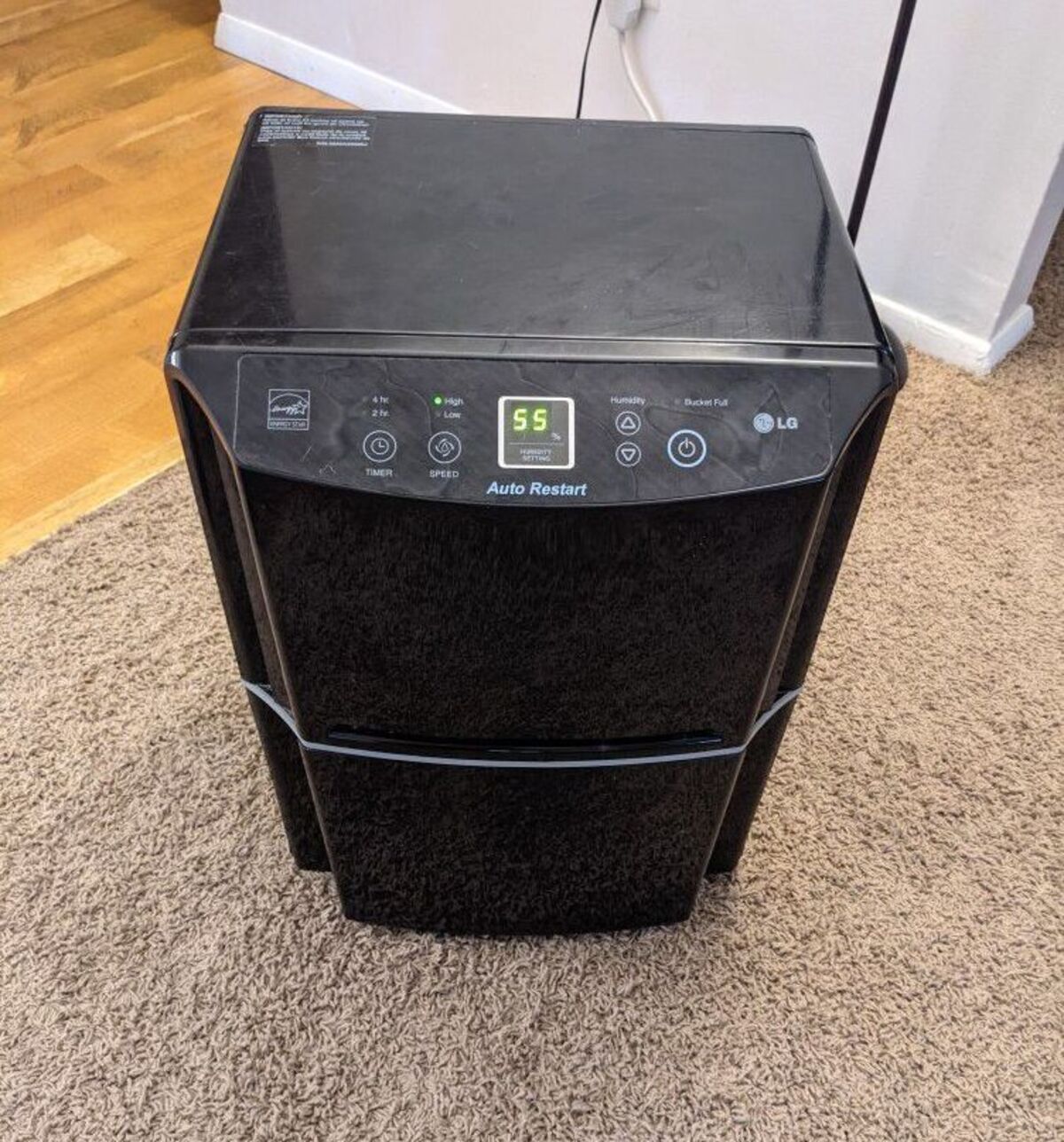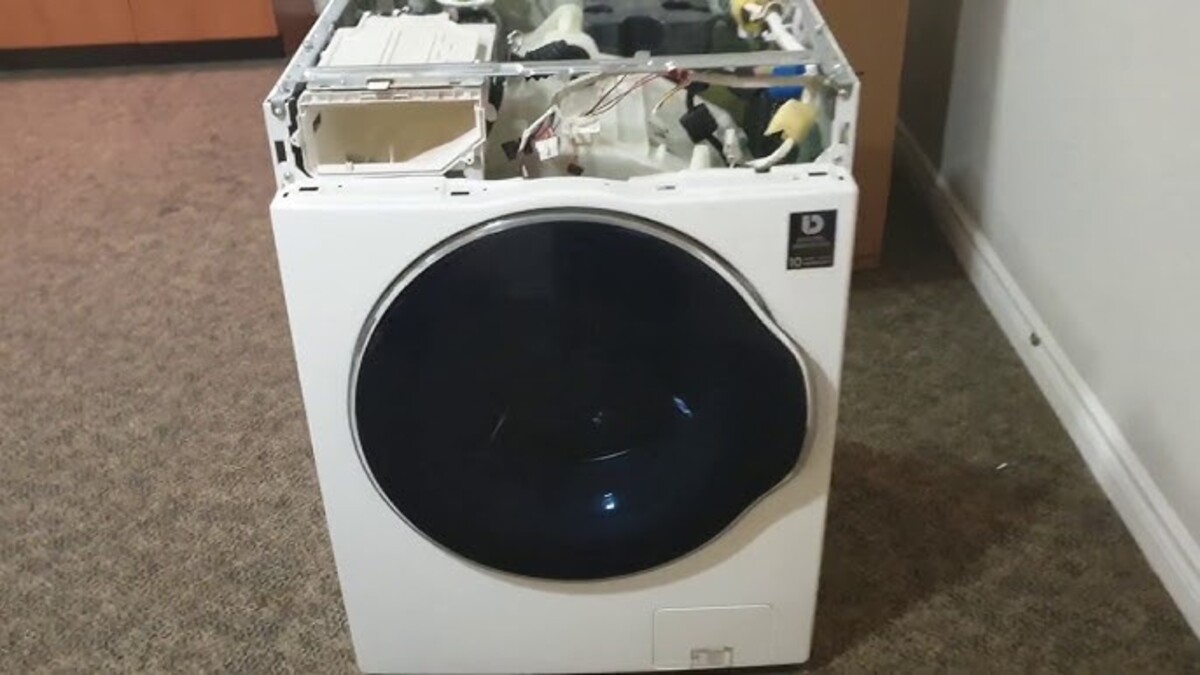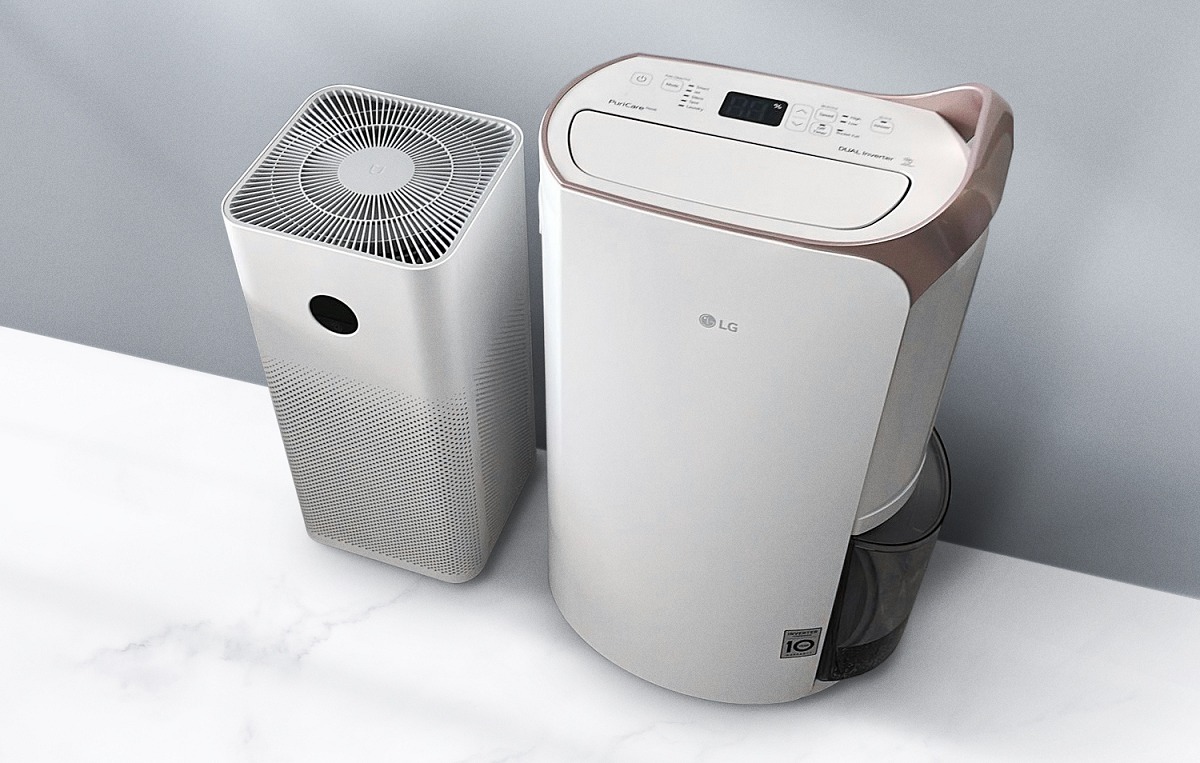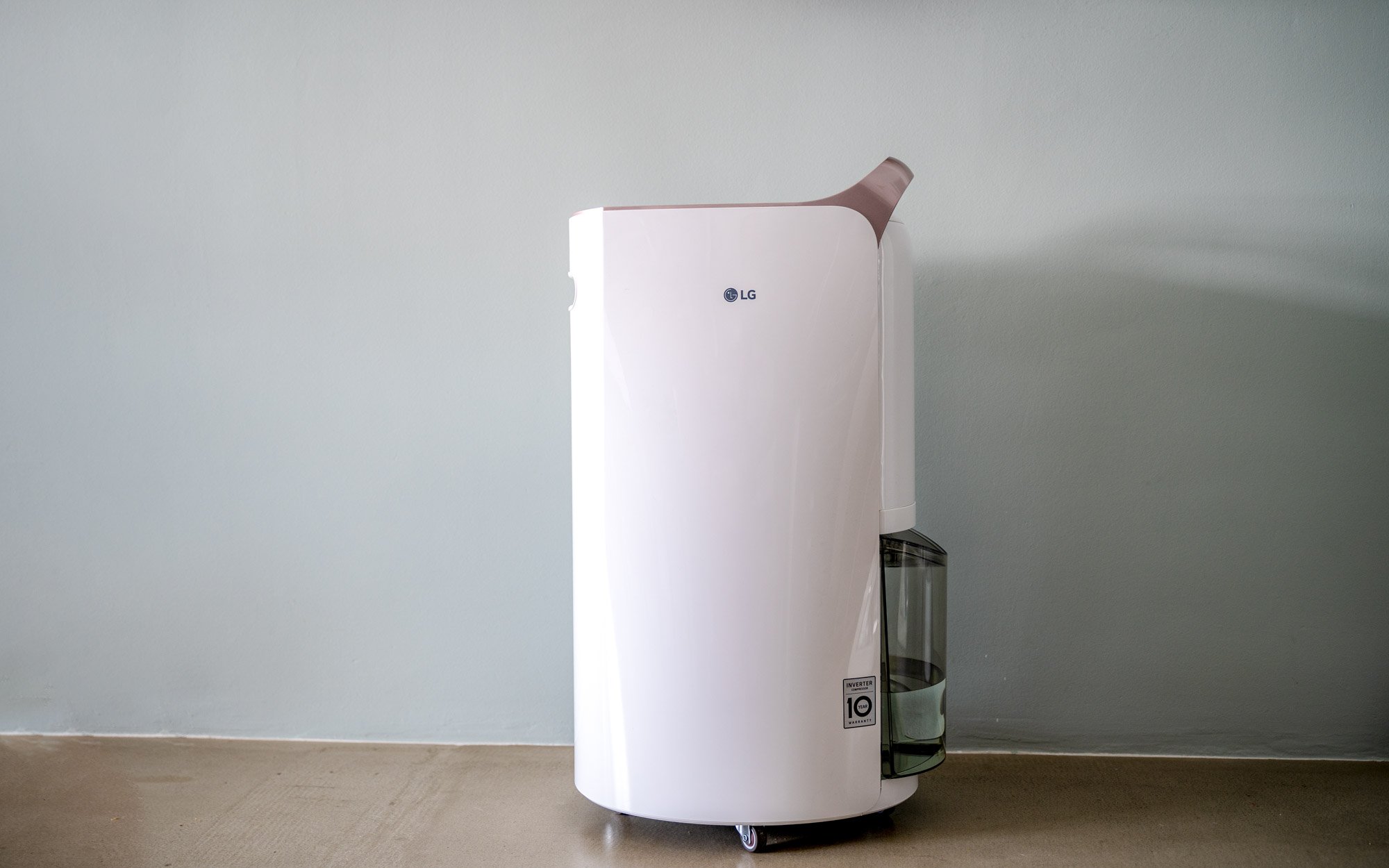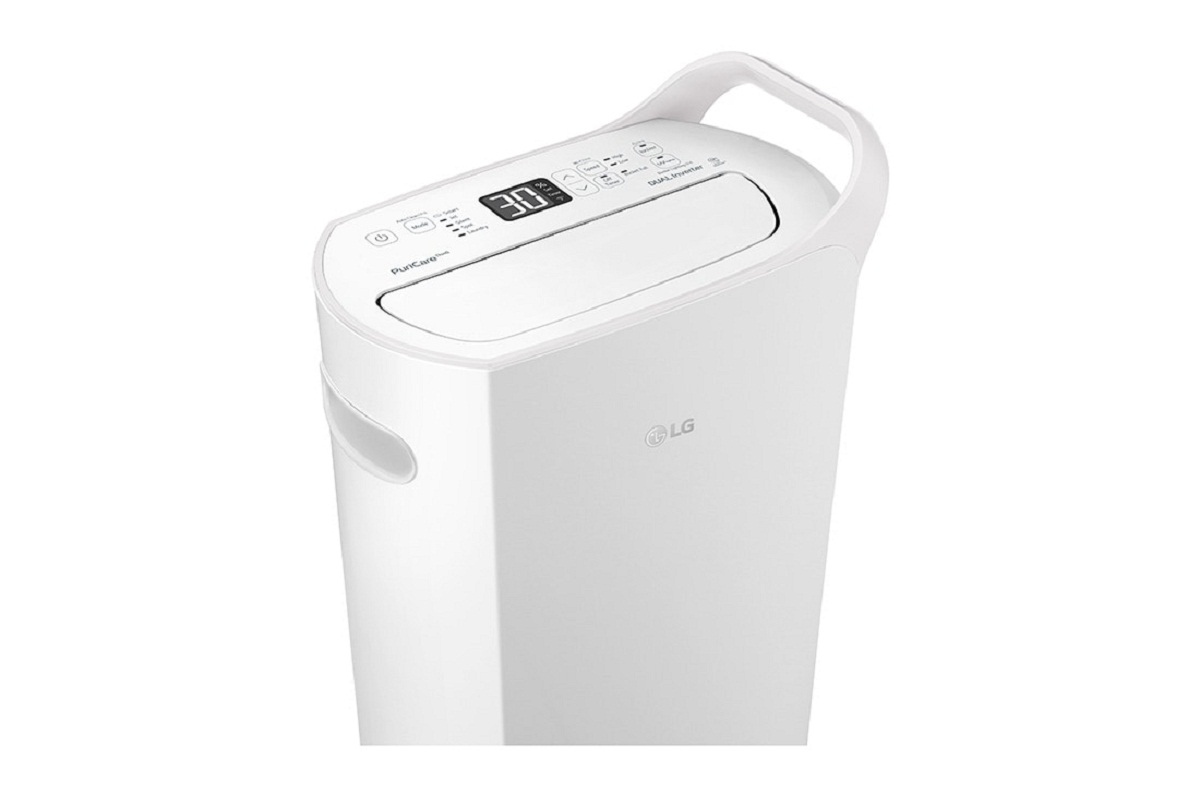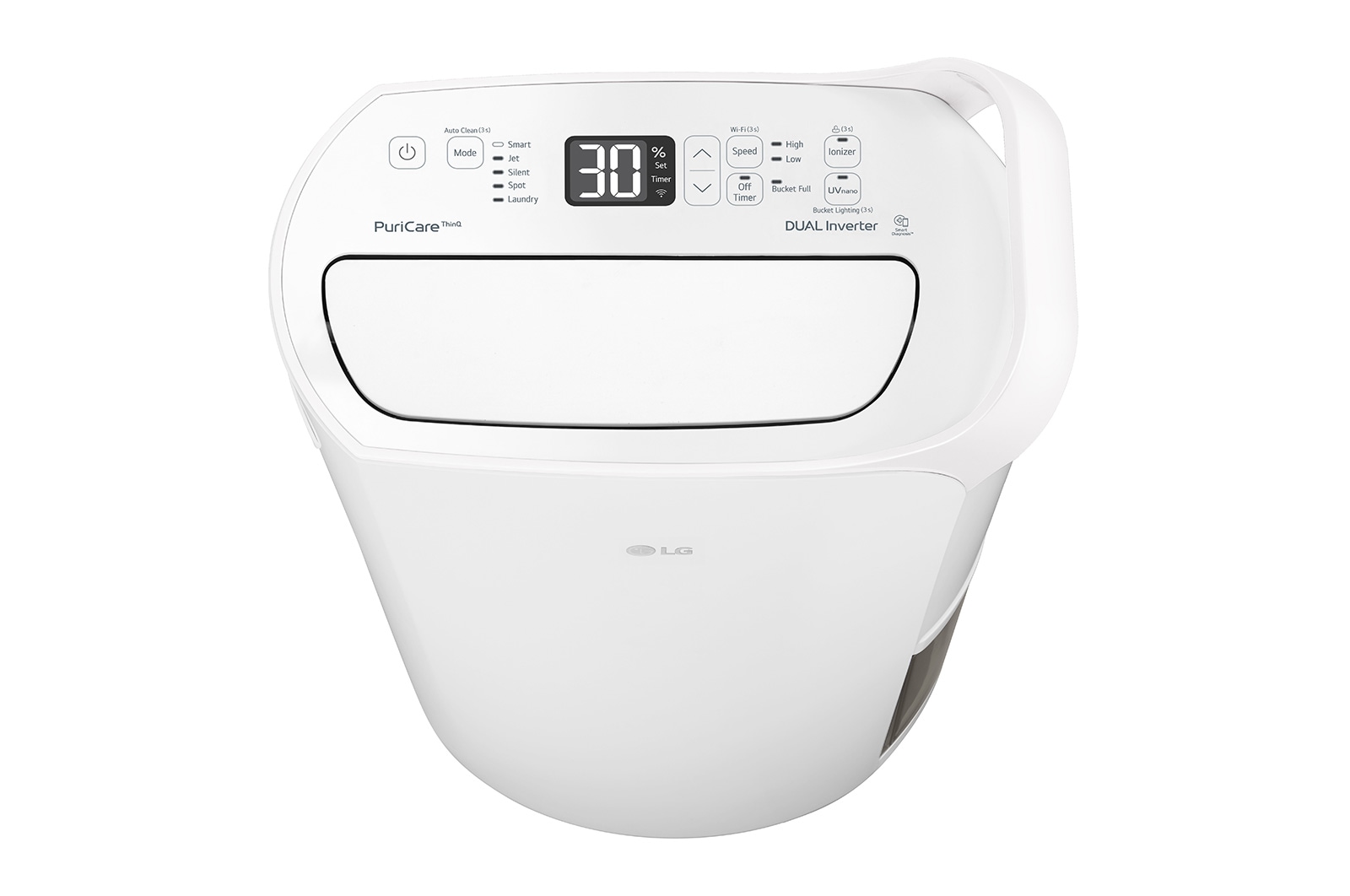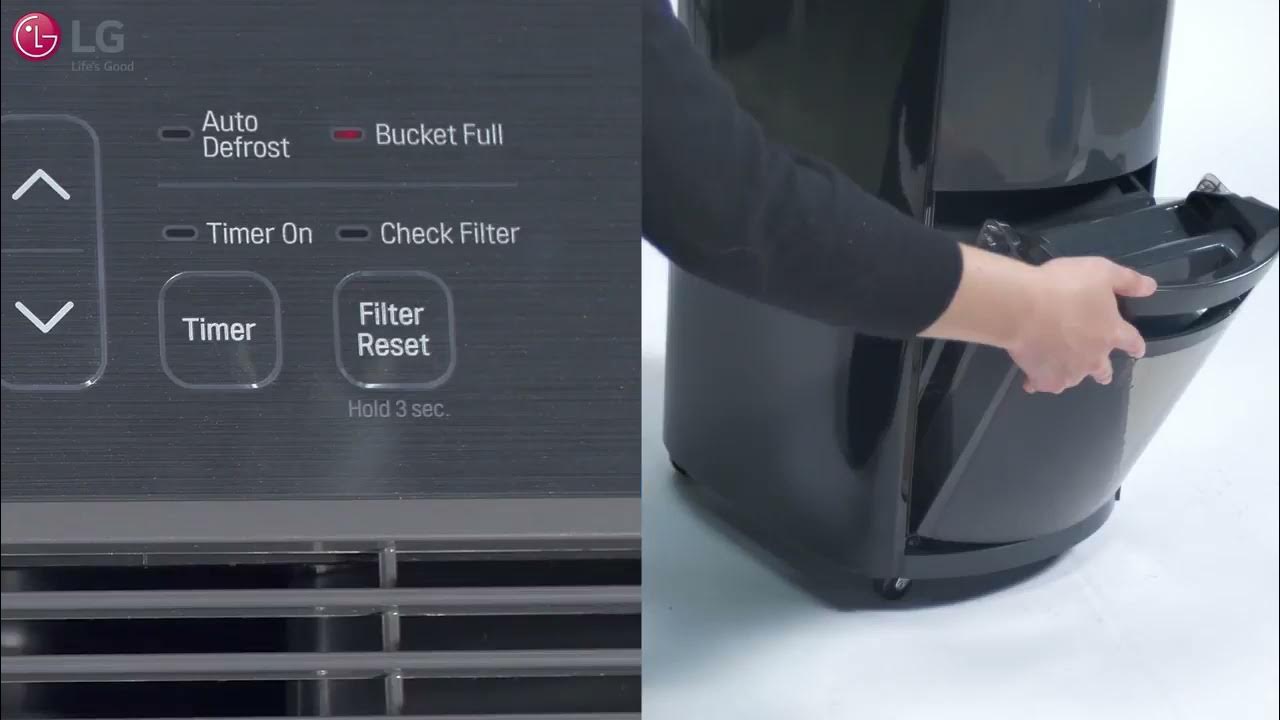Home> Fix Error Code
Fix Error Code: Ultimate Guide to Tackle System Faults at Ease!
Dive into our comprehensive guide on how to ‘Fix Error Code’ issues quickly and effectively. Make your tech life hassle-free with our step-by-step instructions!
How To Fix The Error Code 5E Or 5E1 Or 5E2 For Samsung Washing Machine
By: Henry Campbell • Articles
How To Fix The Error Code 8C Or 8C1 For Samsung Washing Machine
By: Emma Thompson • Articles
